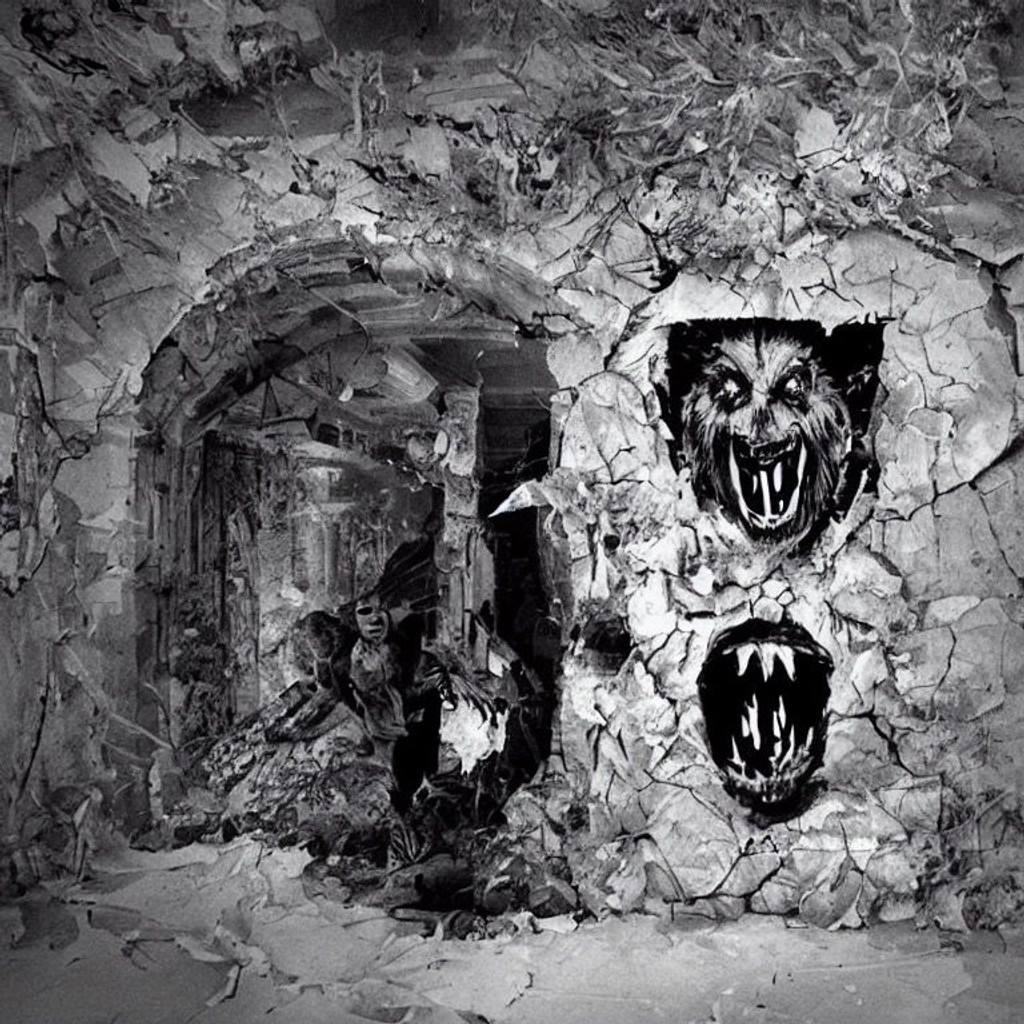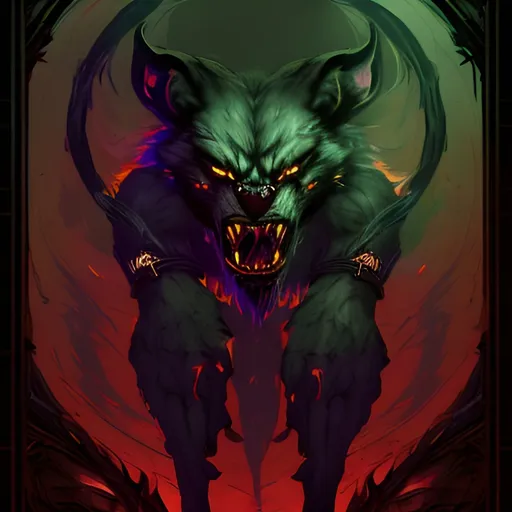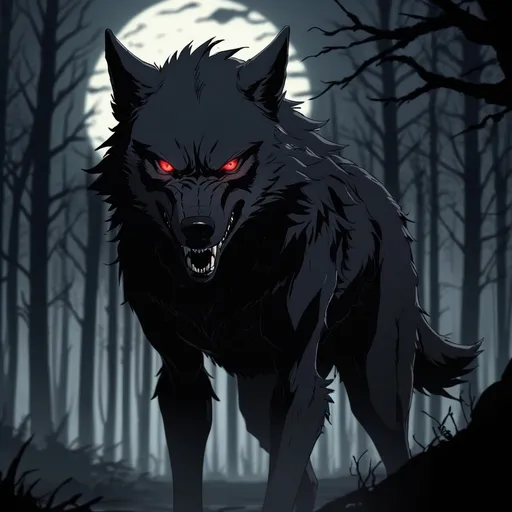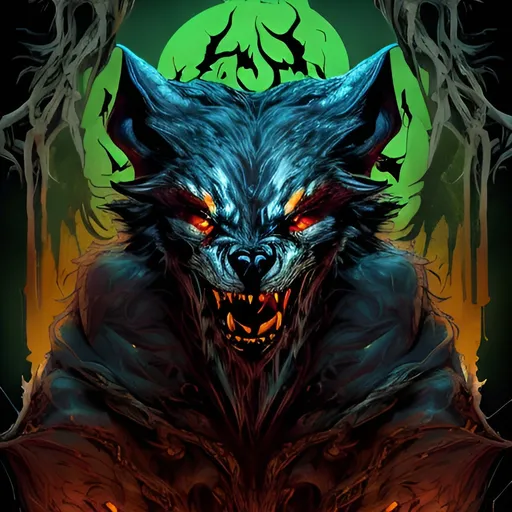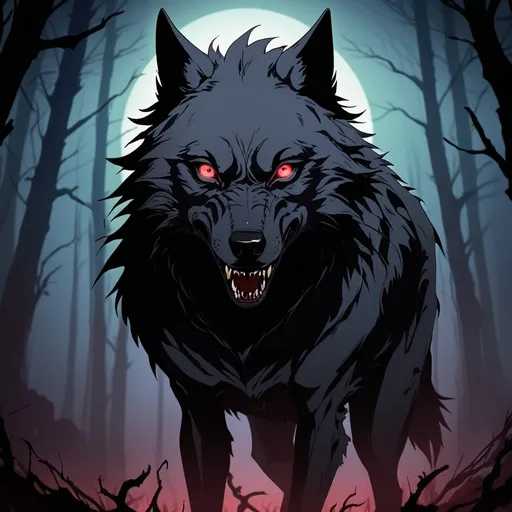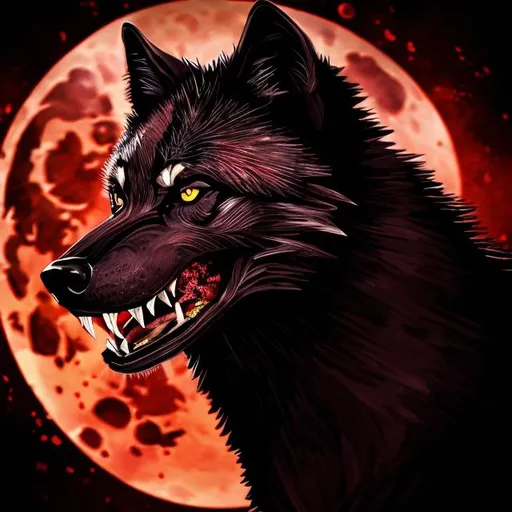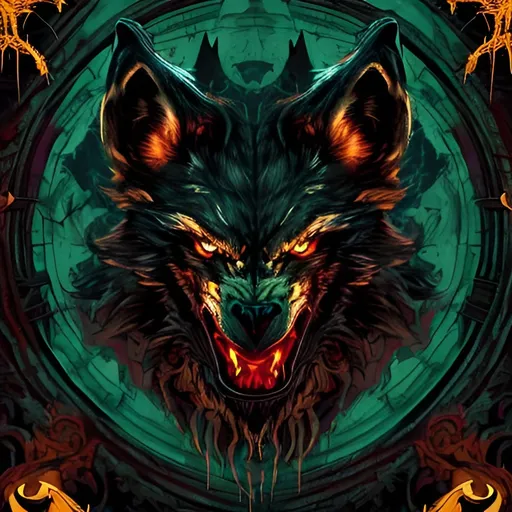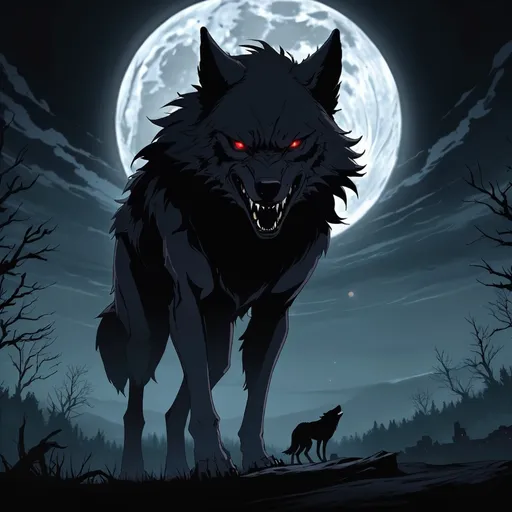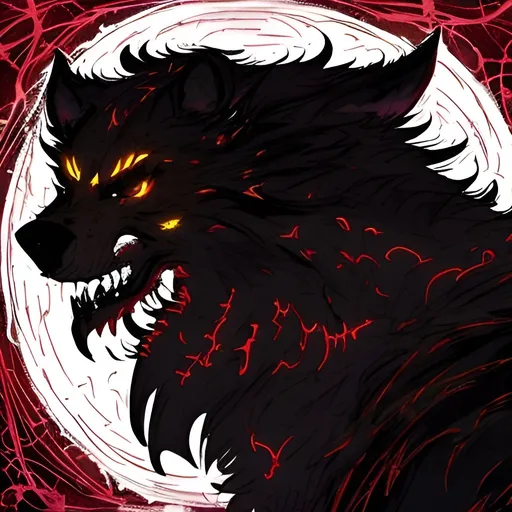Nicholas Marazoff
Subject description:
1. **Facial Features for Werewolf:**
Clearly describe each facial feature individually, such...Show more
Made by: Sketch to image
Subject Description: 1. **Facial Features for Werewolf:**
Clearly describe each facial feature individually, such as the eyes, nose, mouth, and ears of the Werewolf.
Provide details about the size, shape, and placement of each feature, considering the unique aspects of a werewolf's anatomy.
Mention any distinctive characteristics, such as fangs, fur patterns, or other supernatural traits.
2. **Expressions and Emotions for Werewolf:**
Describe the emotions conveyed by the Werewolf's face, considering expressions like ferocity, wildness, or even moments of calm.
Specify details such as snarled lips, intense gaze, or any other features that emphasize the Werewolf's emotions.
3. **Proportions for Werewolf:**
Ensure that facial proportions are realistic and consistent with the werewolf theme. Consider the relative size of features in relation to each other.
Highlight any distinctive proportions that make the Werewolf's face unique, such as a broader snout or pointed ears.
4. **Lighting and Shadows for Werewolf:**
Consider the direction of light to create highlights and shadows on the Werewolf's face, accentuating its supernatural features.
Describe how light plays across the Werewolf's facial contours, enhancing its fur texture and adding depth to its expression.
5. **Angles and Perspectives for Werewolf:**
Specify the angle or perspective from which the Werewolf's face is being observed, considering its dynamic nature.
Detail how the Werewolf's facial features change with different angles or expressions, capturing its transformative essence.
6. **Character’s Personality for Werewolf:**
Connect the facial description to the Werewolf's personality or mood. For example, a snarling expression might convey aggression, while a calmer look may suggest a more controlled demeanor.
7. **Facial Structure for Werewolf:**
Mention the underlying facial structure of the Werewolf, such as prominent cheekbones, a defined jawline, and the overall shape of its face.
8. **Age and Gender for Werewolf:**
Indicate the age and gender of the Werewolf through facial features. Consider elements like fur density for age and subtle gender traits.
9. **Clothing and Style for Werewolf:**
If applicable, describe any facial accessories or elements related to the Werewolf's style that contribute to its overall appearance.
10. **Background for Werewolf:**
Consider the environment or context in which the Werewolf exists. The background can influence the lighting and overall atmosphere, affecting how the Werewolf's face is perceived.
In the magical interior mansion scene, a werewolf, embodying the fusion of Frank Frazetta's flair and Caspar David Friedrich's essence, stands in grandeur. The werewolf is dressed in a cloak of gold and has eyes of fire, creating an eerie and mystical atmosphere. Suddenly, a mythical Werewolf bursts forth from the mansion, disrupting the space with its presence. Yet, the Werewolf, bathed in electric blue and bright green hues, appears to be a harmonious blend of Bosch, Grünewald, and Dürer's influences.
In this postapocalyptic style scene, the conjurer and a witness keenly observe the unfolding chaos, where magic and mythology collide. The wizard skillfully summons and tightly binds the Werewolf with maroon Neon Holofractured Neuralux Biolumiwireframe cuffs, chains, and shackles, forcefully restraining it and containing its formidable power. Amidst the destruction, remnants of magical energy linger, emphasizing the bound Werewolf with Phong, casting a radiant red glow on nearby surfaces. The shackled Werewolf becomes a focal point, a symbol of restrained might within the chaotic magical tableau.
Style: Default
Color Theme: Plum
Width: 512
Height: 512
Seed: 931013198
Create your first image using OpenArt.
With over 100+ models and styles to choose from, you can create stunning images.

